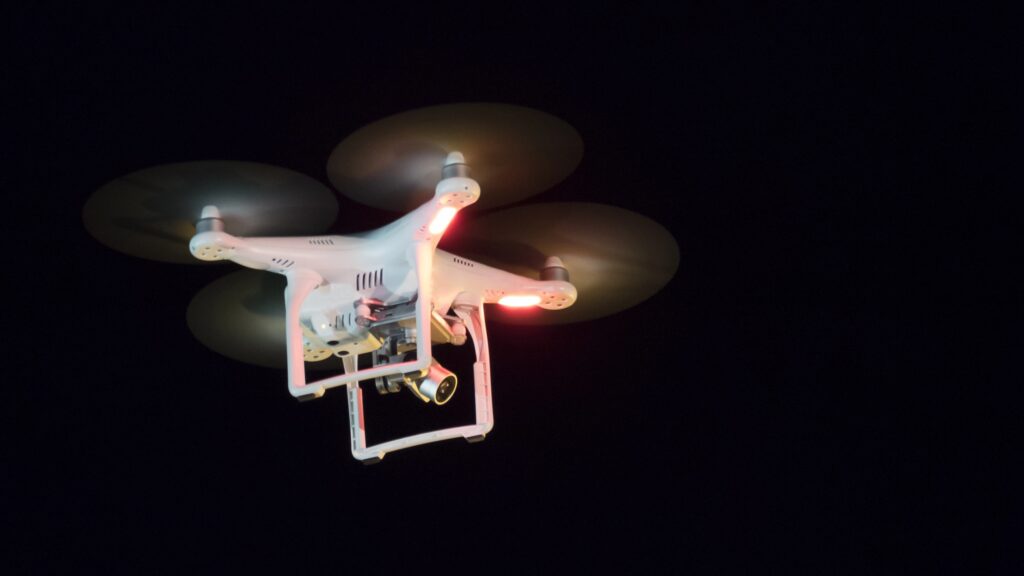[ad_1]
An autonomous drone is usually only as good as its GPS navigation system. Without it, the uncrewed aerial vehicles (UAVs) are essentially dead in the air unless a human can remotely take over piloting duties. This is especially problematic given the rise in drone GPS jamming attacks. Instead of trying to develop increasingly advanced and costly navigation technologies, one research team is turning to one of humanity’s oldest mapping methods: charting the stars.

Remote sensing engineers at the University of South Australia have built a new, low cost prototype system that merges celestial triangulation with vision-based algorithmic computing for UAVs flying at night. But unlike existing GPS, the novel design doesn’t emit any signals, making it impervious to current jamming methods.
“Celestial navigation is rarely seen in modern Uncrewed Aerial Vehicles (UAVs). The size and weight of a stabilized imaging system, and the lack of precision, tend to be at odds with the operational requirements of the aircraft,” the team explained in their paper published in the journal, Drones. “Nonetheless, celestial navigation is one of the few non-emissive modalities that enables global navigation over the ocean at night in [a] Global Navigation Satellite System (GNSS) denied environment.”
To make it work, engineers designed and constructed a strapdown payload using only a Raspberry Pi 5 miniature computer and a monochrome sensor fitted with a wide angle lens. They then connected the tool to a fixed-wing drone’s onboard autonomous piloting system, where it captured and algorithmically analyzed visual data taken from stars seen at night.
“If we’re able to identify those stars and compare them against a database, given that we know the orientation the camera was facing and the point in time at which that image was taken, we can actually infer the location of the aircraft from that data,” explained Samuel Teague, a research assistant and study co-author, in an accompanying university video.


Teague and senior researcher, Javaan Chahl, tested their system with a UAV, and showed that their drone upgrade allowed it to consistently estimate its location to within an accuracy of 4 km (roughly 2.48 mi) while performing fixed altitude and airspeed orbits. While not currently as precise as modern GPS, the tool may still soon provide a powerful backup in the event of jamming or malfunction. It also still requires a clear sky to assess its surroundings, although the team believes additional research could address this issue, as well.
Apart from combat environments and longterm surveillance missions, Teague and Chahl hope their cheap, star-based UAV attachment can also help when flying over oceans, or for monitoring remote environmental conditions.
[ad_2]
Source link


